The First Phone With An External Lens Is So Niche That I Had To Try It For Myself
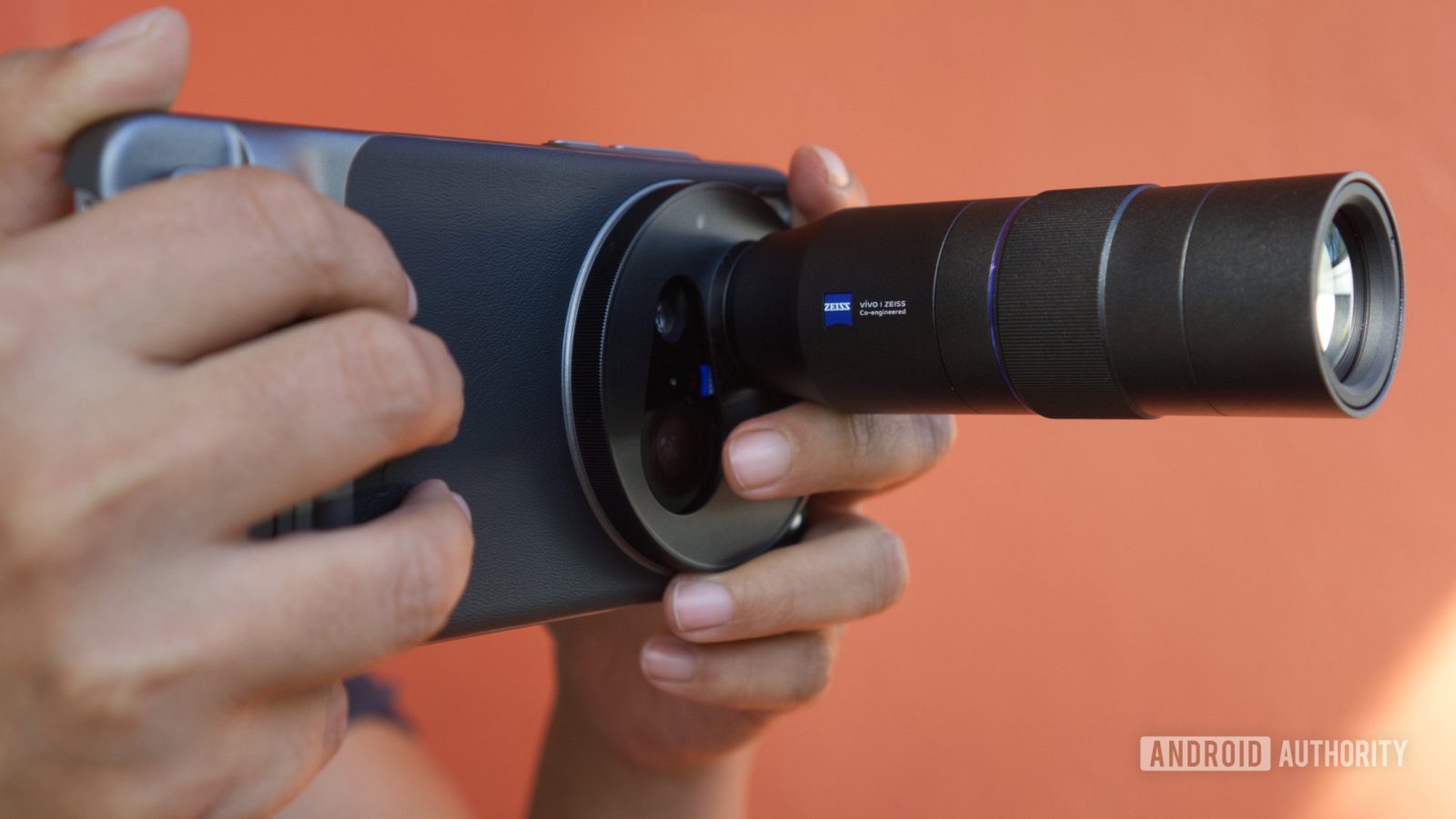
Contents

Hadlee Simons / Android Authority
Several Android phone manufacturers have showcased concept phones with external camera lenses over the years. In fact, realme showed off a concept phone with 3x or 10x external lenses at MWC earlier this year. But vivo decided to up the ante with the launch of the X200 Ultra in China last month, and it might be the first commercial phone with an optional (first-party) external lens. Of course, this is a product with extremely niche appeal, and being a bit of a mobile photography nerd, I had to test it out for myself to know if it’s actually any good. Here are my thoughts after spending just under a week with this unique combination of a phone and an accessory.
Setting up vivo’s external lens
The X200 Ultra’s lens is an optional accessory that’s available as part of the company’s photography kit. This kit includes a phone case, a Xiaomi 15 Ultra-style camera grip, a camera ring, and a shoulder strap. The good news is that all versions of the X200 Ultra support the kit, so you aren’t forced to buy it as part of a bundle. You can also theoretically buy the base storage variant and then purchase the photography kit down the line.
I found it relatively easy to set things up, although I did have to refer to the review guide at first. The camera case contains a decorative ring that needs to be removed with the aid of a nearby button. From here, you add the camera ring with a simple twist until you hear a click. To add the lens itself, you have to line up a white dot on the lens with a white dot on the camera ring. You then simply twist until you hear a click. It’s pretty easy stuff and reminiscent of proper cameras.

Hadlee Simons / Android Authority
This lens is a 2.35x telephoto converter that attaches to the 200MP 85mm periscope camera. Unlike some previous detachable cameras, vivo’s zoom module doesn’t have its own camera sensor. What it effectively does is multiply the 85mm camera’s native zoom level by 2.35. That means you’re getting 200mm native zoom with the aid of this lens.
The vivo X200 Ultra’s external lens basically turns the phone’s 3.7x zoom camera into an ~8.3x shooter.
The first thing you’ll notice about the X200 Ultra’s external lens is its massive size. You’re not going to be putting your phone in your pocket while the lens is attached. The X200 Ultra also becomes ridiculously top-heavy when the lens is attached, to the point where I don’t feel completely comfortable using the phone one-handed. You also need to take heed when using the phone in portrait orientation due to this top-heavy design. I tended to shoot with two hands, with one hand holding onto the lens. The combo is heavy in general, but I didn’t feel arm fatigue while shooting for extended periods.
What’s it like to actually use?
You can’t just switch to the periscope camera to use this external lens, though. Shooting like this results in an extremely jittery viewfinder that’s upside-down, too. Instead, vivo offers a discrete telephoto extender mode for the lens, giving you 200mm, 400mm, 800mm, and 1,600mm preset buttons. This mode also gives you access to the stage mode option (used for concerts and similar scenarios), a few sliders for brightness/saturation/contrast/sharpness, and video capture.
The good news is that 200mm shots (equivalent to ~5.7x on the 35mm X200 Ultra or ~8.3x on any other phone) generally looked fantastic. Images captured via the lens also produced very pleasant bokeh effects compared to the lens-free shots, and this is very noticeable without needing to pixel-peep. Check out the images below, with the lens-free shot featuring blown highlights and a more washed-out look, too.
I did find that the extra clarity in 200mm images wasn’t always immediately noticeable compared to the lens-free pictures. I had to start pinching in to appreciate the difference here.
Where the external lens pulls away from the standalone periscope camera is around 400mm (~16x or 17x), which is effectively a lossless resolution crop. Pictures taken at this zoom level still pack a good level of detail. We do see a few more instances of blown highlights, minor cases of color fringing, and the watercolor effect creeping in on occasion. But I found that, more often than not, you could still get a good-quality snap at this level. And there’s often scope for minor cropping too.
The benefits of the add-on camera lens are far more apparent from the 400mm mark.
Shooting at 800mm (~33x) becomes a hit-and-miss experience. The company previously claimed that the 800mm focal length was “highly usable.” But I thought that results were 50/50 and also depended on the subject matter. It’s not uncommon to see blown highlights, edge fringing, and splotchy textures. However, I was pleasantly surprised with many 800mm shots as I often assumed the final image would be unusable.
As for the 1600mm (~66x) focal length, I’m not really sure why vivo decided to add this as a preset zoom level. I found that 90% of the images taken at this range were blurry and full of fringing, although you do occasionally get a snap that might be okay for an Instagram Story. We also see some weird processing on more complex textures, along with over-sharpening. Check out the mountain in the 800mm and 1,600mm shots below.
Still, long-range shots taken with the lens were usually more defined and detailed than relying on the periscope camera alone. The example below is pretty notable owing to the more legible letters and the balcony fencing that’s been airbrushed away in the lens-free shot. In saying so, the phone alone can occasionally capture ~600mm to 800mm shots that are comparable to the lens version.
I also found that taking photos of fast-moving subjects was a tough challenge with this lens. I’m guessing that vivo is leaving the shutter open a little longer than if you were simply taking a photo with the periscope camera alone. Nevertheless, I would’ve loved to see a snapshot or sports mode feature incorporated into the telephoto extender mode, as it would’ve made for a less frustrating experience at the race track. This would obviously be a boon for parents and wildlife enthusiasts too.
As for low-light shots, I noticed that images taken via the external lens could usually hold their own against lens-free shots at a similar focal length. In fact, the image captured with the lens has notably more detail and legible text than the lens-free versions.
Check out the image comparison below to get a better idea of how each approach fared. The difference is pretty stark, with the lens-aided shot offering far more readable text.
I did find that focusing and blurriness could be a challenge in low-light situations. That’s likely due to the shutter staying open longer to take the shot. So you’ll sometimes need a steady hand to ensure good results when the sun goes down.
Speaking of a steady hand, the external lens also supports video capture up to 4K/60fps, Dolby Vision capture, and 2.8K/60fps Ultra-stabilized video recording. I thought that standard video capture at 200mm looked just fine, albeit with some shakiness now and again, but the stabilization option does a good job of smoothing things out. Unfortunately, it’s hard to avoid extreme judder and instability at 800mm and 1,600mm, particularly when tracking a moving subject (e.g. a jetliner or racecar). At least the included camera grip has a tripod mount.
The external lens also supports the stage mode introduced on the vivo X100 Ultra and X200 Pro, but I haven’t had the opportunity to try it out just yet. I found that stage mode on the older phone was hit-or-miss, with images at 20x or higher turning people into wax sculptures. So I look forward to trying this phone and lens in a concert environment.
Where could the experience be better?

Hadlee Simons / Android Authority
Installing and removing the lens is easy, but the time spent doing this means I’ve missed out on shooting opportunities. You have to be sure that you’ll only be shooting long-range (200mm or higher) pictures, as switching takes 10 to 20 seconds. In fact, it will take a little longer if you’re like me and always put the caps back on the lens. This is compounded by the fact that the rear cameras quickly accrue dust when the camera ring is attached, necessitating a wipe of the periscope camera glass.
Nothing is actually stopping you from switching to the main or ultrawide cameras while the lens is attached. It’s just that every shot is partially obscured by the lens, as if you’re driving a tank. Check the images below for an idea of what I mean.
There are also many ways vivo could improve the actual camera software. For one, the telephoto extender mode doesn’t offer pro controls. You’d think there’d be major crossover between people who are interested in an external lens and people who want pro controls.
I would’ve also liked to see different color profiles/styles in the telephoto extender mode. This omission means you can’t choose between realistic and vivid color profiles, nor can you use the new styles like classic negative and CCD. It would’ve also been cool to see high-resolution support at 200mm (e.g. 200MP or 50MP), 4K/120fps slow-motion capture, and focus peaking. Finally, the external lens delivers great bokeh, but it would’ve been fun to use the ZEISS bokeh effects (e.g. Biotar, Sonnar, Planar) with this lens.
Is an external lens like this a good idea?

Hadlee Simons / Android Authority
I’m glad to finally see a commercial phone with an external lens, coming a few years after we first saw concept phones with this tech. It’s clear that this is a step above using a periscope camera alone, particularly at ~15x to ~30x. However, the best camera phones on the market still suffice at 6x to 10x, even though the lens will often deliver better image quality.
But here’s the big problem: the vivo X200 Ultra’s external lens is the antithesis of the smartphone photography experience. The lens installation/removal process means you might miss key moments. Furthermore, your main and ultrawide cameras are out of action with this lens attached, which means you really have to be sure that you’ll only be shooting long-range snaps. The overall bulk also makes for a tight fit in your pockets when disassembled. Some key software features (e.g. pro mode) are missing in action, although there’s a decent foundation so far. And finally, it’s a China-only release, but it is available for ~$200 via resellers like Giztop… though you’ll still need to import the vivo X200 Ultra as well. That’s a lot of hoops to jump through!
I’d advise most people to buy an actual DSLR camera if they want a proper camera experience. But if you’re due for a phone upgrade, value great long-range zoom, and really don’t mind a hefty external lens, this combination can deliver top-notch results. It’s also the only option on the market. Still, as impractical as this is, I’d love to see a Google Pixel phone with an optional external lens of its own. A Google-made lens would probably cost more than $200, but the combo of this and Super Res Zoom would be fantastic on paper.
What’s your reaction?
Love0
Sad0
Happy0
Sleepy0
Angry0
Dead0
Wink0

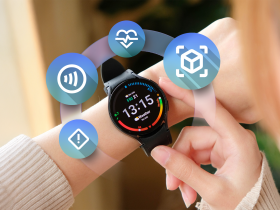




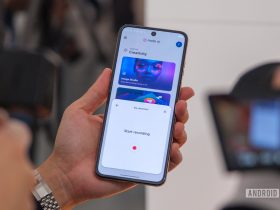

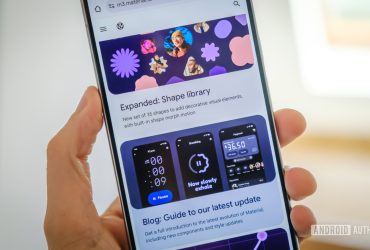
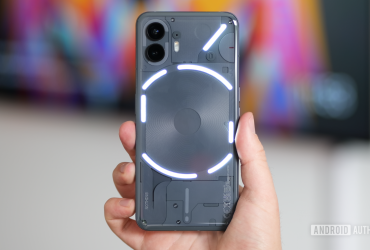
Leave a Reply
View Comments